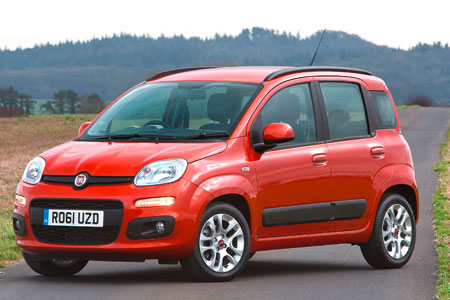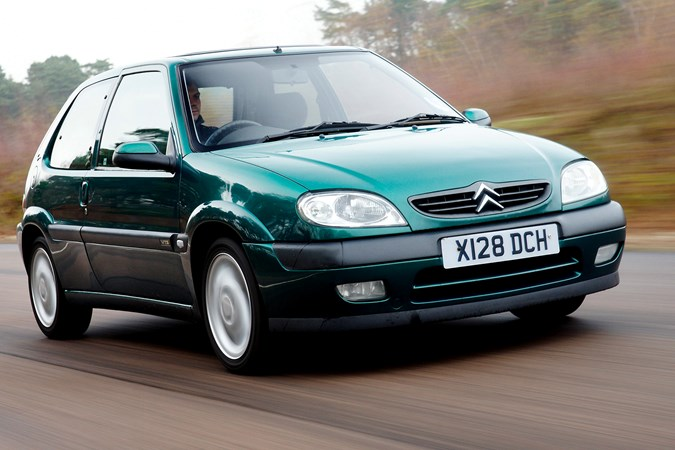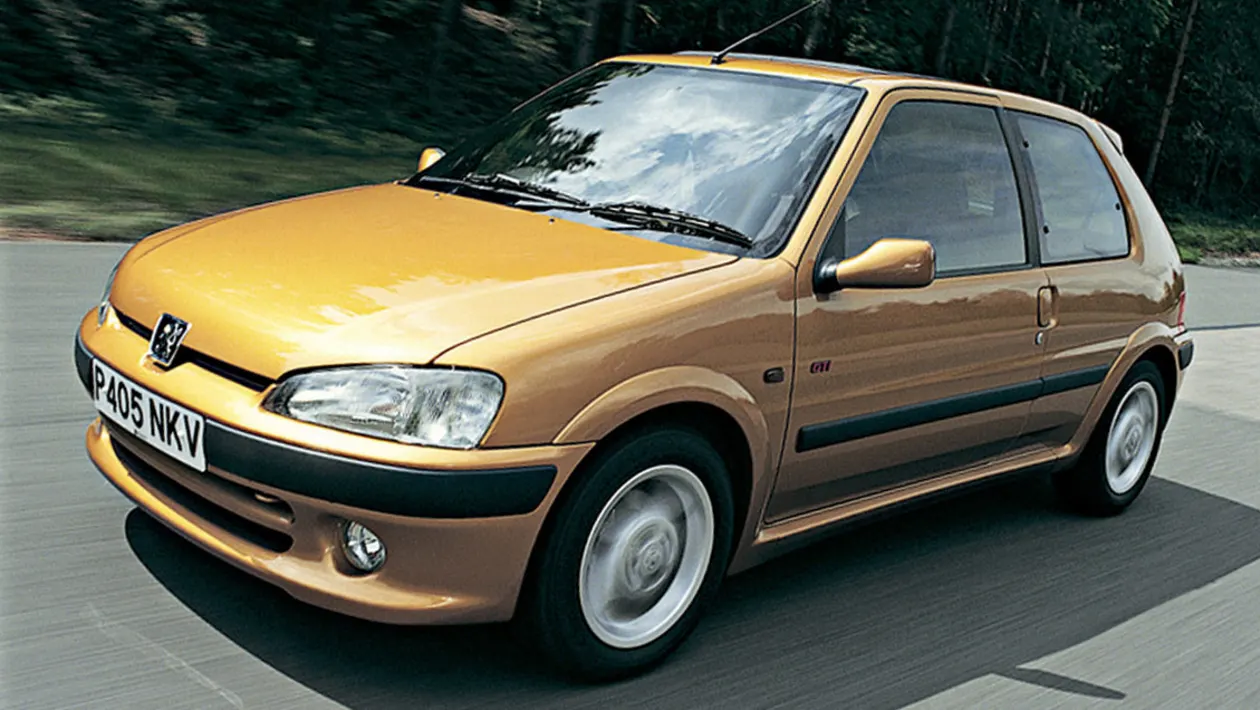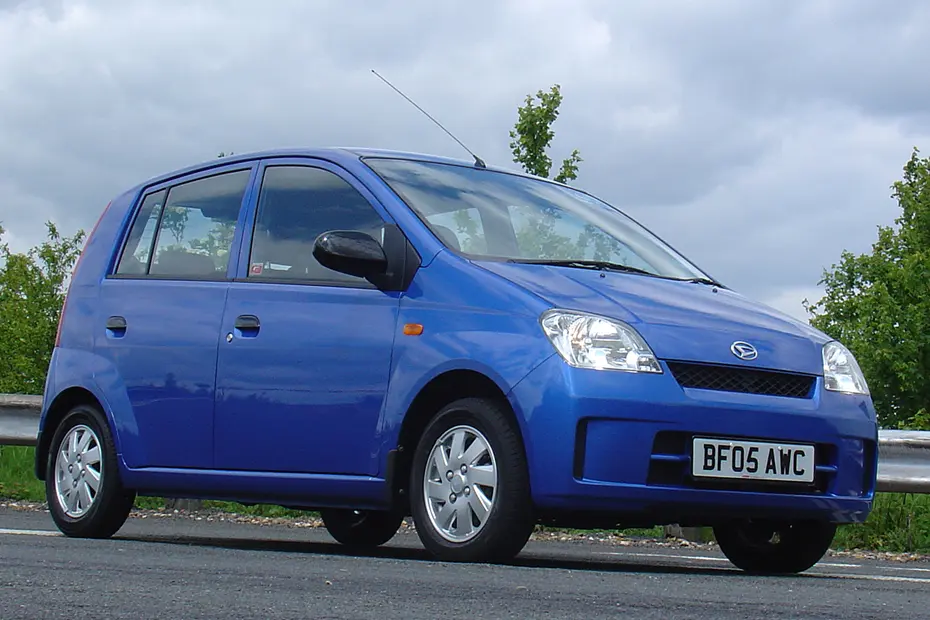A Guide on How to Buy Your First Car
For some, buying your first car is a big ordeal especially
if your not very knowledgeable on cars and what to look for, so I’m here to
provide you with a guide on what cars to buy, what resources to find them and
resources to help you find the best cars.
So, let’s break this down into steps.
Step 1: establish a budget
Sounds easy enough but depending on how much you know about
used cars you may find you need more money than first anticipated, my
recommendation is a budget of between £1400-£3000, this should get you a
reasonable car that won’t break the bank when getting insurance. But if you
want to spend more or less, you should be fine.
Step 2: Decide What Your Looking For in a Car
Most first time buyers want a combo of: economy,
reliability, performance, quality and refinement. But knowing where to find
these qualities can be tough and I’d also suggest putting aside your personal
prejudices towards brands or countries as you don’t have excessive amount of
choice in this sector. Anyways, if you enjoy driving then the Ford Fiesta,
Renault Clio and Mini are good choices, for reliability, the Honda Jazz, Toyota
Yaris and Fiat Panda have great track records and if economy is a priority, the
Citroen C1 and its relatives the Peugeot 107/8 and Toyota Aygo are good
choices.
Step 3: Where to Find Cars
Autotrader, this place is the best website for finding used
cars that may very well be your first car, that said, Gumtree and MOTORS are
also good choices with the ability to alter variables like distance from you,
price, mileage and engine size. But I’d also recommend the various car
newspapers as there are lots of bargains in the backs of these kinds of
magazines which also include a sub £1000 section though tread with caution if
you decide to pick a sub £1000 motor. Also feel free to ask family and friends
if they know someone planning on or is selling a car, as that’s how I got my
car through work connections.
Step 4: Setting Parametres
All this is, is set the distance from your location no
further than 50 miles (you don’t want to drive half way across the country only
to find a car with hidden rust issues). Also, don’t be tempted by scare stories
saying you’ll only get a 1 litre rot box, this is a great time to buy a first
car with post 2010 cars starting to depreciate enough into your price range, so
don’t be afraid to aim for a newer model or say a 1.4 instead of a 1.2. Also,
Insurance is likely to be the same or less than the car’s value which can be
checked before you’ve even bought the car on Compare the Market. That said, factors such as age and location can effect insurance quotes, so keep that in mind.
Step 5: Finding Out About the Car
You can do this before or after you pick one or a few cars
you might be interested in. First, find some magazines with reviews of your car
when it was new, Top Gear Magazine is your best bet as these also included the
equipment list for cars prior to 2013 and prior to 2005, any car that had been
tested had the issue number printed in the new car pages under the model
tested. But it’s also good to read a variety of sources in case one source
highlights an issue another doesn’t. The RAC also provides a used car review
section for all cars made from the 80s onwards so that’s also a good place to
look for long term problems. Reliability and Customer satisfaction surveys are
great for finding out owner’s experiences with cars that you may be purchasing,
thankfully Top Gear ran multiple surveys from 1994-2006, here are the ones
you’ll want most,
2003- Issue 123
2004- Issue 135
2005- Issue 147
That said, be aware surveys only actual take into account a
few hundred cars which means that they don’t take the majority of the models
sold in whatever period the survey is looking at, but that said they have
always been very consistent with the results which show that Japanese cars and
Skoda’s are the best and French cars are the worst. But, my car has so far run
perfectly and that finished in the bottom half in its Top Gear Survey in 2004,
so be aware for the 10 Peugeot’s that fall to bits, 1 could run without a single
problem. Surveys are great indicators of reliability but not gospel.
Step 6: Before You Buy
So, you’ve picked your car, you’ve done all your research
and now you’ve gone to look at the car and see if it really is the one for you.
But, here are some pointers on what you should do before properly buying the
car. 1: Ask direct questions, 2: don’t rush and don’t come off as too keen 3:
do an MOT check online to see what life the car has lived and 4: do your
research on what problems afflict the car most and check if vital maintenance
or parts changes have been carried out. Never buy a car that doesn’t have an
FSH (Full Service History) and try to go for ex-OAP cars rather than thrashed
ones.
Finally, here are 3 cars I would highly recommend to first
time buyers based on my own knowledge
Ford Fiesta- mk5 (2002-2008) & mk6 (2008-2017) Fiesta’s offer good handling, a reasonable kit range and improved build quality over older models, and they are very common meaning there is plenty of choice and spares are easy to come by.
Fiat Panda (2004-2018)- Whilst Italian cars are known to be unreliable, Fiat’s Panda bucks the trend offering a well built and robust package complete with charm and reasonable equipment levels, only downside is a rather under powered 1.2 engine and a lack of space.
Toyota Yaris (1998-2010)- If you want a reliable motor, go Japanese, and the Yaris offers Toyota’s legendary reliability for a bargain price. Basic models weren’t very well-equipped but a 1.3 model can be yours for under £3000 with the only other issue being most are higher mileage.
Other good choices:
Honda Jazz (2002-2008)- Very well built, only real issue is the OAP image.
MINI (2001-2012)- Well liked and popular, only issue is a lot of kit was optional.
And 3 you should avoid
Citroen Saxo (1997-2003)- a while ago, Saxo’s were highly
popular with first time buyers as they were offered with free insurance, but
they are now a rarity on the roads after many were either scrapped or binned in
trees. The Saxo is known to be flimsy, unreliable and unsafe (2-star EURO Ncap
safety rating) and Citroen were rather stingy with kit. That said, Citroens are
known to be tough, but only once everything has fallen off or broken.
Chevrolet/Daewoo Matiz (1998-2010)- This
Italian designed
South Korean city car was quite popular and some do still litter the roads, but
the engine in either 800 or 1000 CC form is wheezy and unrefined, build quality
is poor and the Matiz has no image at all, later models up to 2009 were badged
as Chevrolets but little to no improvement was made over what was a 10 year old
design.
Suzuki Alto (2003-2007)- Whilst Japanese cars are safe choices I would strongly advise against this one. It’s a rattly, unrefined box with no character and you get very little for your money, you can do a lot better.
Others to avoid:
Hyundai Amica (2006-2009)- boxy and cheap with very little to offer the motorist outside of its generous headroom, you can do way better than this.
Peugeot 206 (1998-2009)- Popular because it was built in the UK but was more fashionable than functional. Troublesome and lacks the driver appeal of other small Peugeots.
As an extra bonus here are a few tips on maintaining your
car so that when you do sell it, you can make a profit, or at least not lose
too much money.
1. Check
the oil and tyres regularly- buy yourself a digital tyre pressure reader and
checking your tyres is no problem at all, simple maintenance like this not only
makes sure your car is in good health but can also save big bills if left
unchecked.
2. Clean
inside and out regularly- this is more so your car doesn’t look like it’s been
used as a chicken coop on weekends.
3. Check
for dents or scraps if you’ve left it for a while- This is more a personal one
as dent’s seem to appear out of nowhere.
4. Park
in a secure place- more just so your car is less likely to be stolen.
5. And
treat the car with respect, don’t thrash it, you’ll be rewarded in the long
run.













Comments
Post a Comment